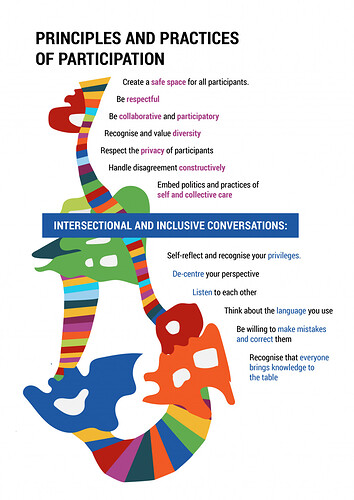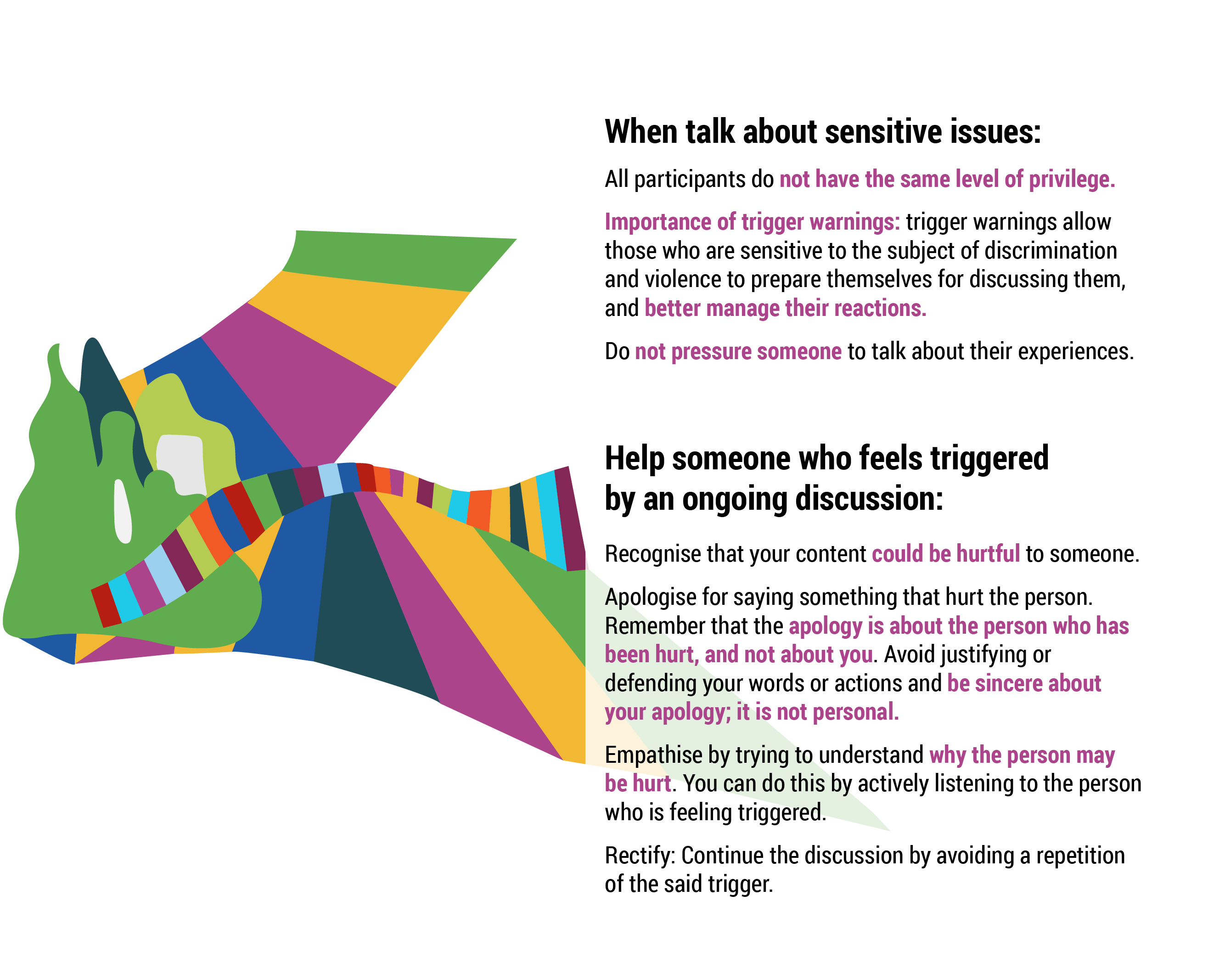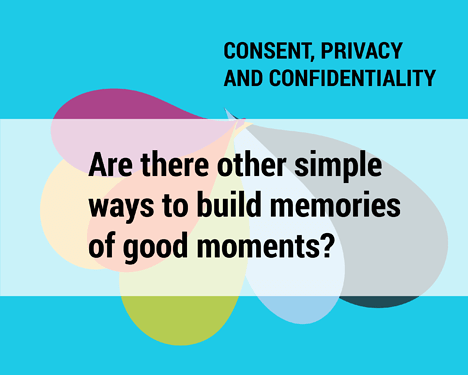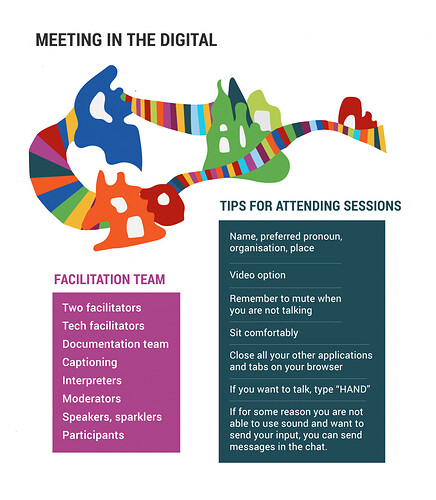@Sarbani_Banerjee_Bel:
What has been your role in setting up the mobile telephony in your community network?
How has sustainability of the network been ensured?
What has been your role in setting up the mobile telephony in your community network? How has sustainability of the network been ensured?
Penelope: My role in TIC, I am the coordinator for the operations so I set the logistics to visit the communities. The community owns the network and we support of getting the eqipment
building the capacity to manage the equipment, and continued support for the technical, social, legal issues that arise.
Every community became an opertaor, and sustainability comes when the number of users are big enough that every user pays a monthly fee, divided into 3 areas:
1) half of the fee remains int he community for things like electricity, the internet services (in and out-going calls), and sometimes the person who helps wiht administration of hte system
2) goes to operational team, that I lead to make the support possible
3) small common fund, insurance, in case there is an emergency… for repair and service the network.
We are not completely sustainable because the quantitiy of users is not yet there, but we are working towards that.
Esther: Each community is an operator. How is different from a commercial telco?
PEnelope: the concession status is a social indigenous operator. It is for every community with their mobile system.
Esther:
what are the legal requirements around that.
Penelope: we can only operate in areas where there are no commercial options. And we have to comply with the paperwork, like being consistently operating.
To report every month or semester how many networks we have. Because every community is part of TIC. So have to keep reporting to government, how many frequency and assignements.
does that status maintain if other commercial operators come in?
P: we are still working, but we do see commercial operators are now coming and we are trying to cope with this new challenge.
We have this other base social structure and dynamics and in cases where the telephony is seen as a community owned, they will lose some of the advantages of having their won telephone system. We are bringing consciousness of the people, about the options and to control their own expenses and the benefits.
What has been your role and sustainability been ensured?
L: when we began with the ‘dream’ in Colombia, we were working with Julian, tring to understand the technology and how to explore this opportunity and talking to the communities and the necessities in the communities.
wiht Rhizomatica team, we worked on some technical aspects, like some basics about the tech.
When more people came to work with us, then I led the team and speaking to the gov’t abou the project and explain what we are doing. My role changes depending on the necessities.
We learn alot of things when we were working with the communities.
About sustainability, we worked with the community on a financial model, it was so hard when we began because not everyone was convinced about the project.
It took some time to get the network to work, and get them to belive in what we were doing.
they were willing to pay
Then we issues with electricity and it didn’t work well, and then some went back to their region. It is a process to combine organisation and technical issues together.
Much of the work that the community did was on a voluntary basis, so the operations was not expensive because the community brought their time, energy, work, food,
and many collaboratie to get the network working, but we are also trying to work on a better model to sustain it.
Esther: Roles: Like LIlian, I take on any role that is needed.
First was to form a non-profit. In order to work with the city, and ably for grants, we formed a non-profit.
We got initial funding - federal covid relief. At the county level, we were going to focus on low-income and marginalised groups, majority unemployed, older persons
My role from the non-profit, we applied for the start up grants to buy more equipment. Our lab can set it up, we reach out to partner organisations, and tell them
we have the equipment, and capacity. So we have 2 partners, API Chaya. The group reduced violence in the local areas. They also are trying to improve internet connectivity
Black Briliance - a coalition of Black organisations across teh county. they organise with people of colour communities and they have connections wtih the city. We ran training virtually
they helped with recruitment of trainees. So I taught the training.
How do we set up an MOU? We have to come up with a structure of how fees will be used. We are discussing this in the community meetings
We have lots of volunteers. We do not have deployed networks, but we are discussing those quesitons.






